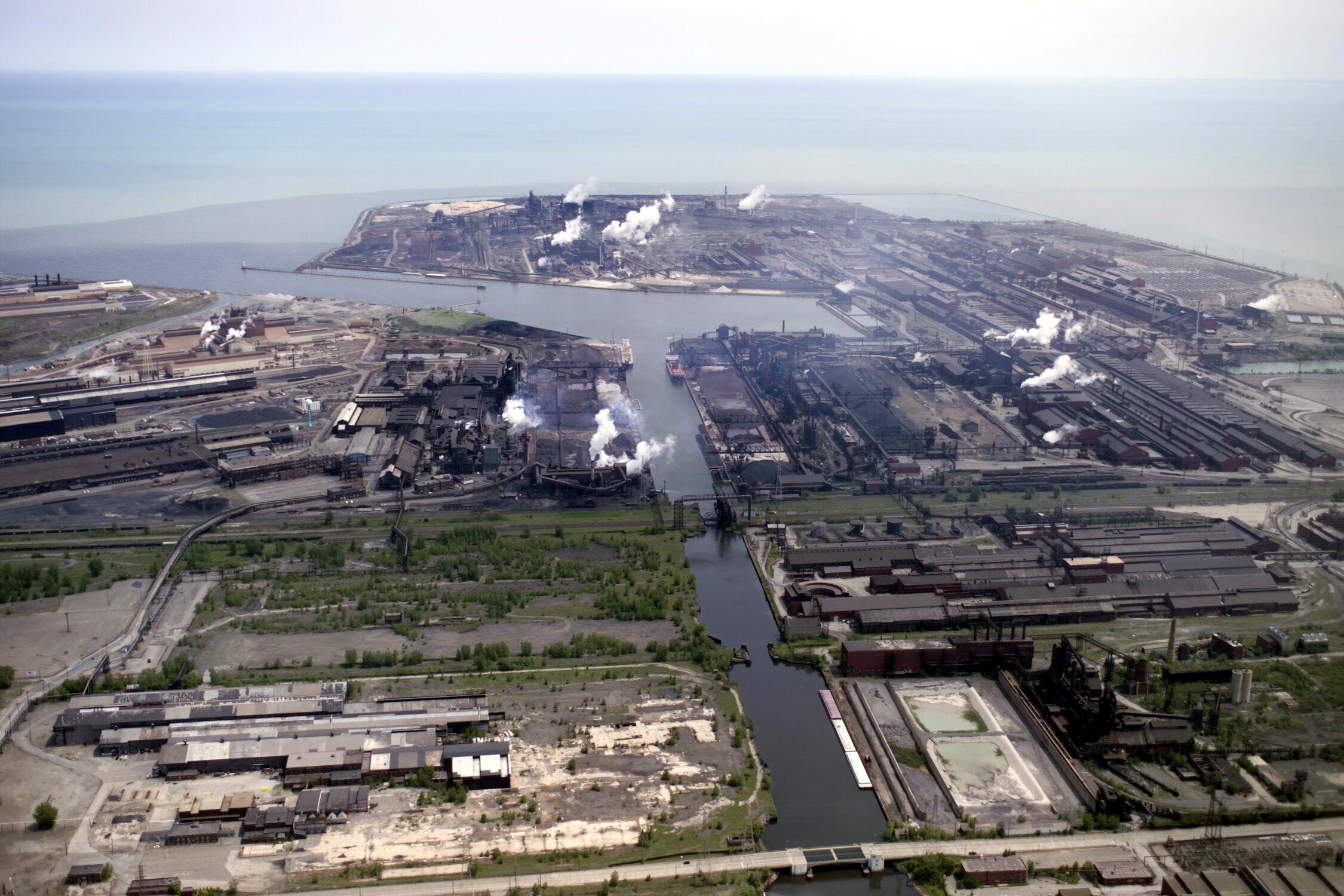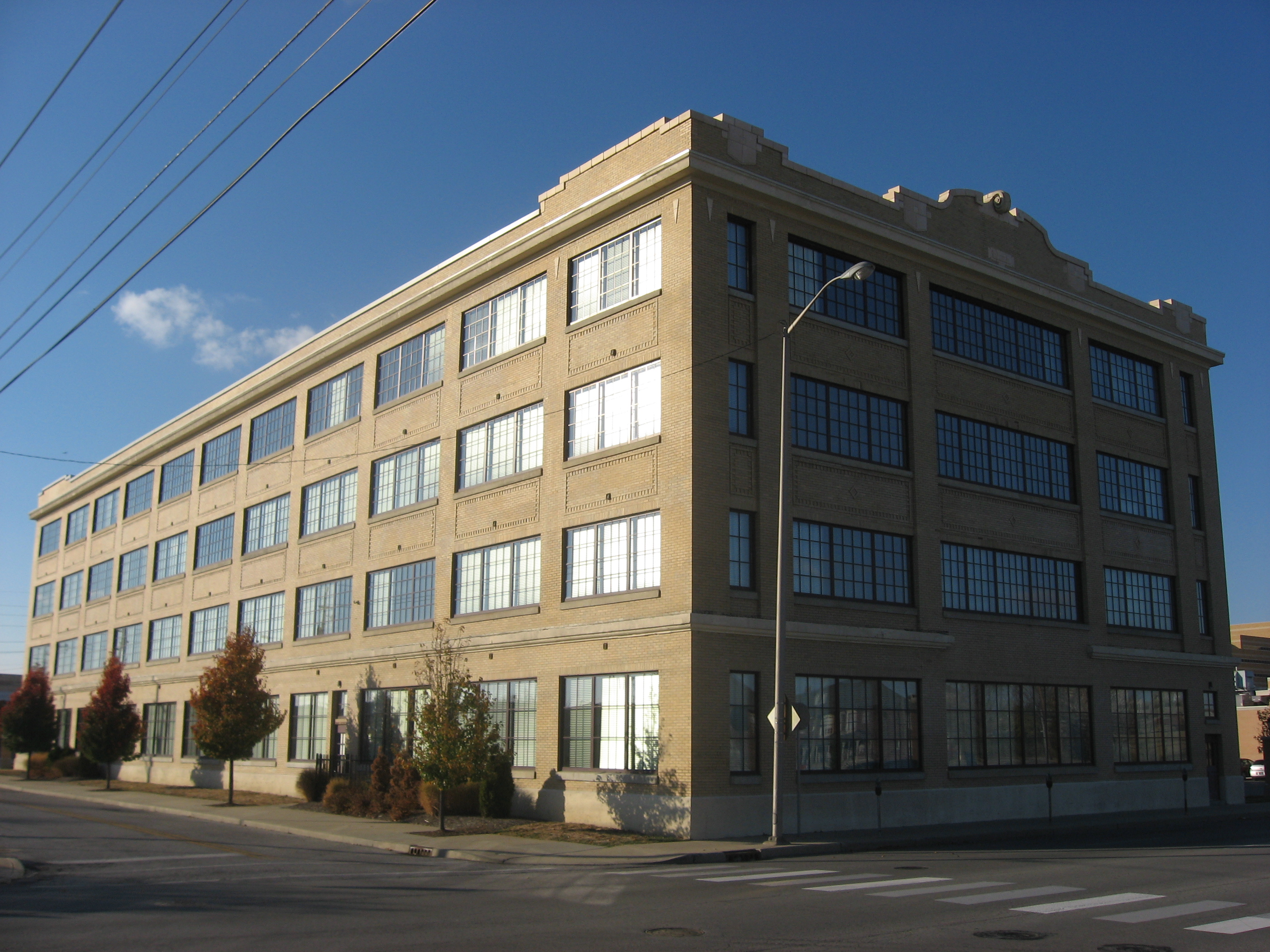News of potential steel tariffs is particularly relevant to Indiana, where the manufacturing and shipment of steel plays a significant role in our economy. In June 2017, an estimated 40,732 Indiana workers were employed in primary metals manufacturing, which includes iron and steel mills, steel product manufacturing (like rolls, plates, bars, and tubes), and aluminum production. These jobs earned $765 million in quarterly wages form May to June 2017. Indiana’s ports made $414 million from handling steel products and ore in 2015. This steel is then transported by trucks and regional and national railroads, further multiplying economic impact.
However, our state’s economy also relies on steel on an input, not just a product. This is especially true in the Indianapolis region, where construction and manufacturing are larger industries than steel production. Tariffs may allow local steel producers to raise prices, but this could impact local industries that use that steel.
Top Steel-Purchasing Industries
According to WorldSteel, four uses account for 90 percent of steel purchasing in the world. The top uses of steel worldwide are construction (50 percent of steel usage), manufacturing of mechanical equipment (16 percent), auto manufacturing (13 percent), and metal products (11 percent).
For these industries, higher steel prices can lead to higher costs. We can estimate the employment and wages in these industries using the Quarterly Census of Employment and Wages from the Bureau of Labor Statistics. We can use industry codes from the North American Industry Classification System to map jobs in particular industries to these steel-purchasing industries.
We found four sectors that closely matched the top steel-purchasing sectors: construction, transportation manufacturing, fabrication, and machinery manufacturing. These four sectors combined represent eight percent of all jobs in the Indianapolis metro and 10 percent of all wages in the region.
Size of Indianapolis’ Regional Economy
Before we explore the scale of these sectors locally, let’s look at the regions overall economy for context. In June 2017, there were an estimated 1,004,937 jobs in the Indianapolis metropolitan area. These jobs earned about $12.2 billion in wages from May to June 2017.
Construction: 50,000 Jobs
The construction industry is the biggest purchaser of steel. In the Indianapolis metropolitan area, there are 50,028 jobs in the construction industry (as of June 2017). These jobs payed a total of $696 million in quarterly wages from May to June 2017.
Construction jobs account for five percent of the Indianapolis metro’s one million total jobs, and six percent of all wages in the region.
Transportation Manufacturing: 15,000 Jobs
Auto-manufacturing accounts for 13 percent of all steel-purchasing worldwide. Our region has 14,995 jobs in transportation equipment manufacturing, which includes the production of automobiles, auto parts, and other transportation products. These jobs earned $261 in quarterly wages during the second quarter of 2017. Almost two-thirds of these jobs were in auto parts manufacturing.
Fabrication: 10,000 Jobs
Fabricated metal product manufacturing accounts for 9,912 jobs in the region, earning $130 million in quarterly wages. About 3,200 of these jobs were in machine shops, and about 2,200 were in the production of architectural and structural metals.
Machinery Manufacturing: 7,000 Jobs
Mechanical equipment manufacturing is the second-biggest purchaser of steel. In the Indianapolis metro, there are an estimated 7,090 jobs in machinery manufacturing, the most relevant industry classification. These jobs earned $105 million in quarterly wages. More than one-in-four of these jobs were in HVAC and commercial refrigeration equipment manufacturing.
These four steel-dependent sectors don’t represent all the jobs rely on the purchase of steel, and they don’t all rely equally on steel either. But they do represent a significant portion of our regional economy that could be impacted by changes in steel prices.
Data Sources:
- Bureau of Labor Statistics, Quartely Census of Employment and Wages: https://www.bls.gov/cew/
- Martin Associates, Economic Impact of Ports of Indiana, 2015: https://www.portsofindiana.com/wp-content/uploads/2014/05/The-Economic-Impacts-of-the-Ports-of-Indiana-2015.pdf
- World Steel Association: https://www.worldsteel.org/






